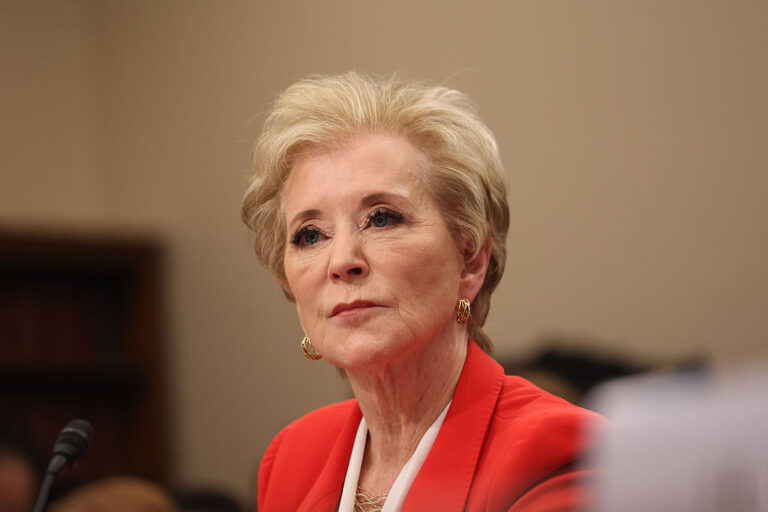Congress is working on the debt limit deal (HR 3746 “Fiscal Responsibility Act of 2023”), which suspends the federal debt limit until January 2025, avoiding a default on existing loan payments and the economic fallout that would follow.
The bill has a “clawback” section rescinding unspent funds from the stimulus laws. In particular, it rescinds “unobligated balances” from the Education Stabilization Funds, which include the Elementary and Secondary School Emergency Relief Fund (ESSER), the Governor’s Emergency Education Relief Fund (GEER), and Higher Education Emergency Relief Fund (HEEFR).
“Clawback” has an aggressive tone, but the reality is milder. “Unobligated” means the funds not awarded to state and local governments. It applies to funds that are still sitting in the US Treasury that were not allocated or available to the U.S. Department of Education for the administration and management of the accounts. It does not apply to the funds that the federal agency has already awarded or “obligated” to state educational agencies and the flow-through awards to districts.
According to the Administration’s analysis, the total available for ESF “clawback” is only $391 million, which—considering that ESSER alone authorized $190 billion for states and districts— is not even one-quarter of one percent of that account.
The Bottom Line: School districts will not lose access to their funds. The law’s “obligation” and spending deadlines haven’t changed. Still, the events will bring more attention to how state and local officials use money, and whether the investment can help address learning loss and pandemic recovery.




